What vegetables should be transplants?
sarah_2009
15 years ago
Related Stories

GARDENING GUIDES11 Favorite Edibles for Your Cool-Season Garden
Plant crunchy carrots, crisp radishes, tender peas and other vegetables for fall and spring harvests
Full Story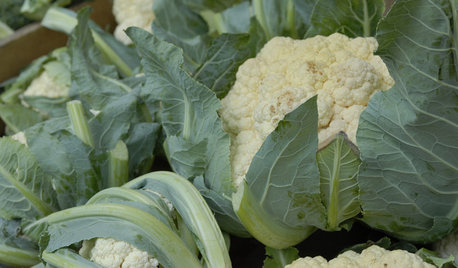
GARDENING GUIDESCool-Season Vegetables: How to Grow Cauliflower
It may be fussy about growing conditions, but the taste of cauliflower fresh from your fall garden is worth the effort
Full Story
FARM YOUR YARDCool-Season Vegetables: How to Grow Lettuce
Leaf, butterhead, crisphead or romaine — lettuce is best harvested in the cool weather of spring and fall
Full Story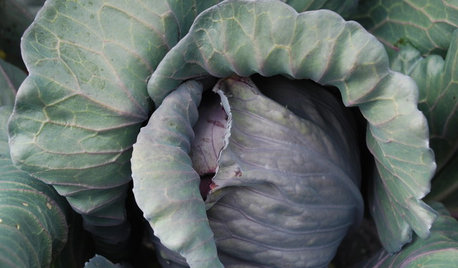
COOL-SEASON CROPSCool-Season Vegetables: How to Grow Cabbage
Give soups and stews an unbeatably fresh flavor with this ever-popular fall garden favorite
Full Story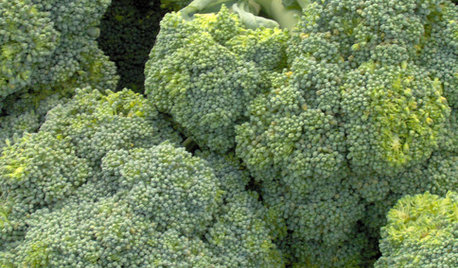
COOL-SEASON CROPSCool-Season Vegetables: How to Grow Broccoli
Packed with vitamins, broccoli is a nutritional powerhouse and is easy to grow in a fall or spring garden
Full Story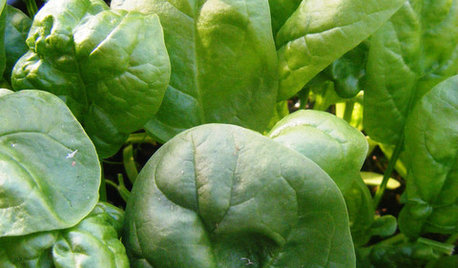
COOL-SEASON CROPSCool-Season Vegetables: How to Grow Spinach
Chock-full of antioxidants and iron, spinach is a nutrient-rich addition to your fall or spring garden
Full Story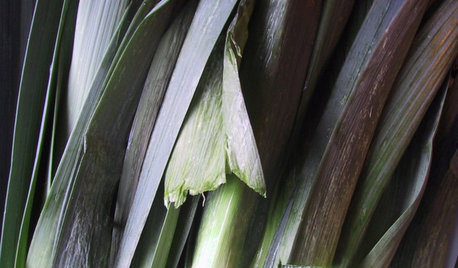
COOL-SEASON CROPSCool-Season Vegetables: How to Grow Leeks
Elegant in the garden and handy in the kitchen, onion-related leeks are worth the effort
Full Story
COOL-SEASON CROPSCool-Season Vegetables: How to Grow Peas
Their sweetness isn't just for spring. Peas thrive in cool weather too, adding a garden-fresh note to soups, salads and more through fall
Full Story
COOL-SEASON CROPSCool-Season Vegetables: How to Grow Brussels Sprouts
If you love 'em (you know who you are), fall and spring are the right times for planting these veggies in your edible garden
Full Story0

WINTER GARDENINGExtend Your Growing Season With a Cold Frame in the Garden
If the sun's shining, it might be time to sow seeds under glass to transplant or harvest
Full StoryMore Discussions







Okiedawn OK Zone 7
Related Professionals
Barrington Hills Landscape Architects & Landscape Designers · Kenmore Landscape Architects & Landscape Designers · Winder Landscape Architects & Landscape Designers · Woburn Landscape Contractors · Tempe Landscape Contractors · Berwyn Landscape Contractors · Harvey Landscape Contractors · Melrose Landscape Contractors · South Hackensack Landscape Contractors · Irvington Landscape Contractors · Hawaiian Gardens Landscape Contractors · Boynton Beach Decks, Patios & Outdoor Enclosures · Jackson Decks, Patios & Outdoor Enclosures · Lebanon Decks, Patios & Outdoor Enclosures · Statesville Decks, Patios & Outdoor Enclosures